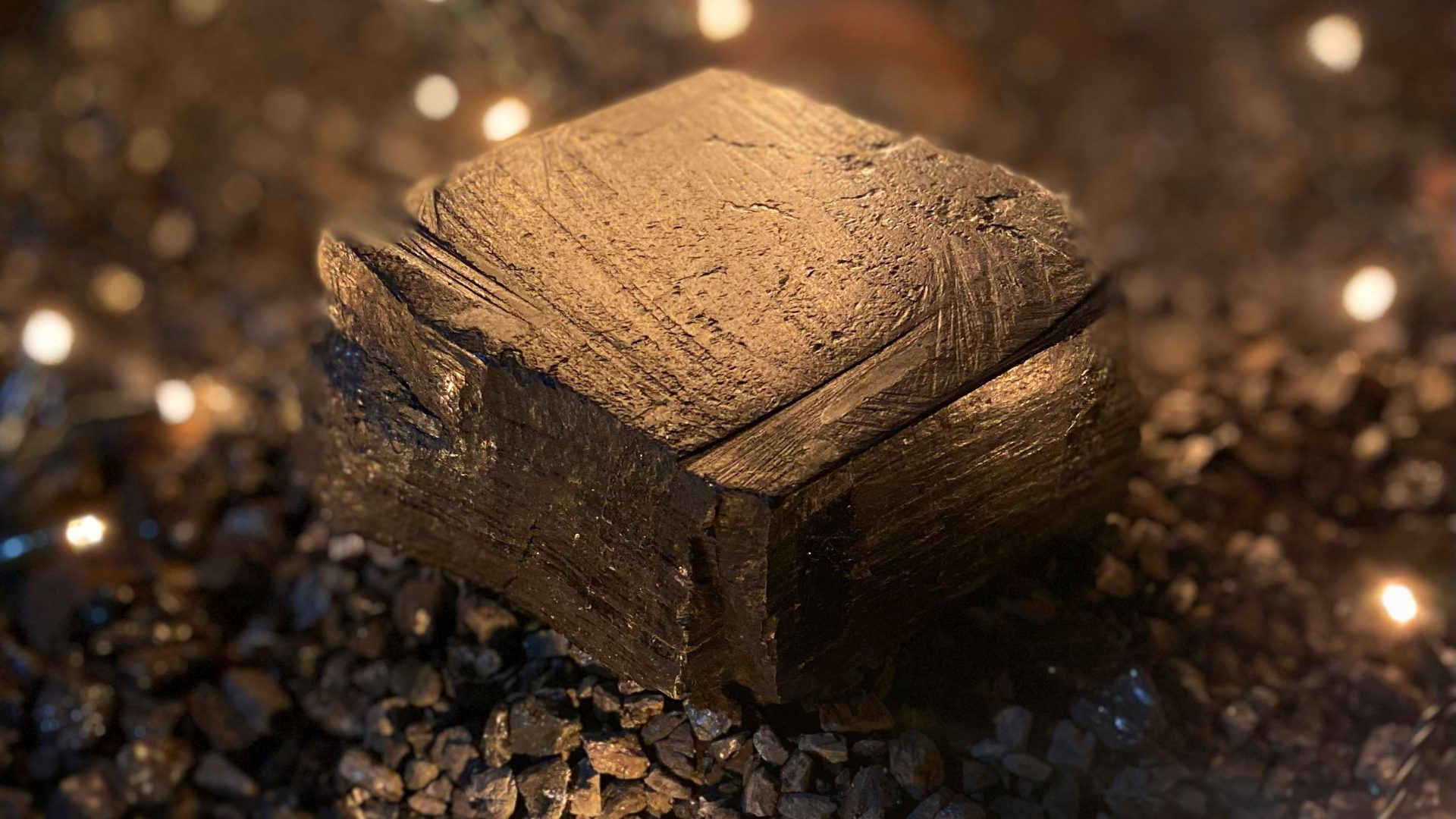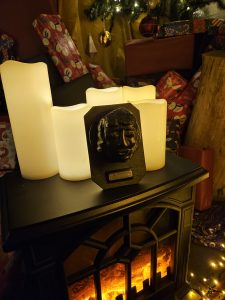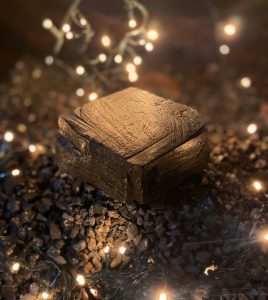The Coal You Want At Christmas

Today a piece of coal in your Christmas stocking is not at the top of everyone’s wishlist, but that’s not how we see things at this Museum.
We are very fortunate to have been gifted some beautiful pieces of coal in various forms over the years and here are some of our favourites.
For those who want a statement on their mantel piece, how about this stunning vase carved from coal, highly decorated with mining wheel and mineworkers. We’re not entirely sure of its origins but it was gifted to us by another museum in the 1990s.

And for the literature fan, how about a carved bust of William Shakespeare. That’s right, carved in coal! It was created by Allan Armstrong who worked at Grimethorpe Colliery for 49 years and created over 40 pieces with coal from the pit, winning numerous prizes for them. These, along with other artworks and illustrations were generously donated to the museum by Allan’s family.

We wouldn’t be much of a Coal Mining Museum if we didn’t have some top-notch pieces of coal in our collection. This beautiful piece of bituminous brilliance was one of the last pieces of coal brought out of Old Roundwood Pit in Ossett before its closure in 1966. It was gifted by the last deputy of Old Roundwood to one of his colleagues, and has been passed through their family before finally being donated to the museum.

Donations of objects to the museum help us tell the stories of the coal mining industry and the people who worked and lived within it. Sadly we cannot accept everything offered to the museum due to limited space for storage and display, so everything is carefully considered by our Collections Team. No Secret Santas, as we want to know everything we can about what is being offered to us.
For more information please see our Donate an Object Page